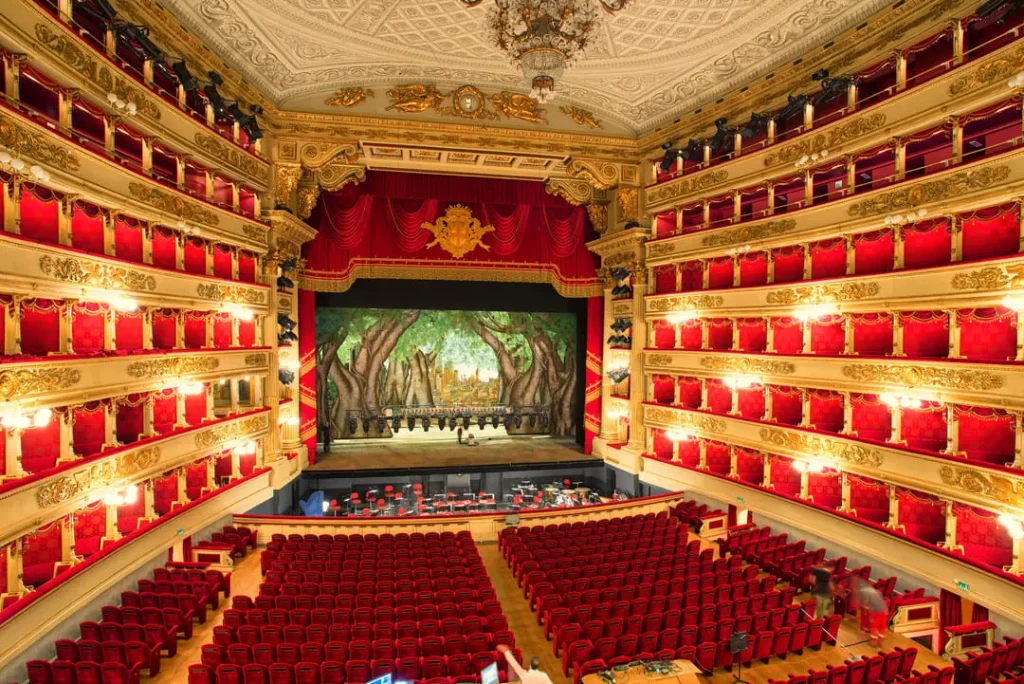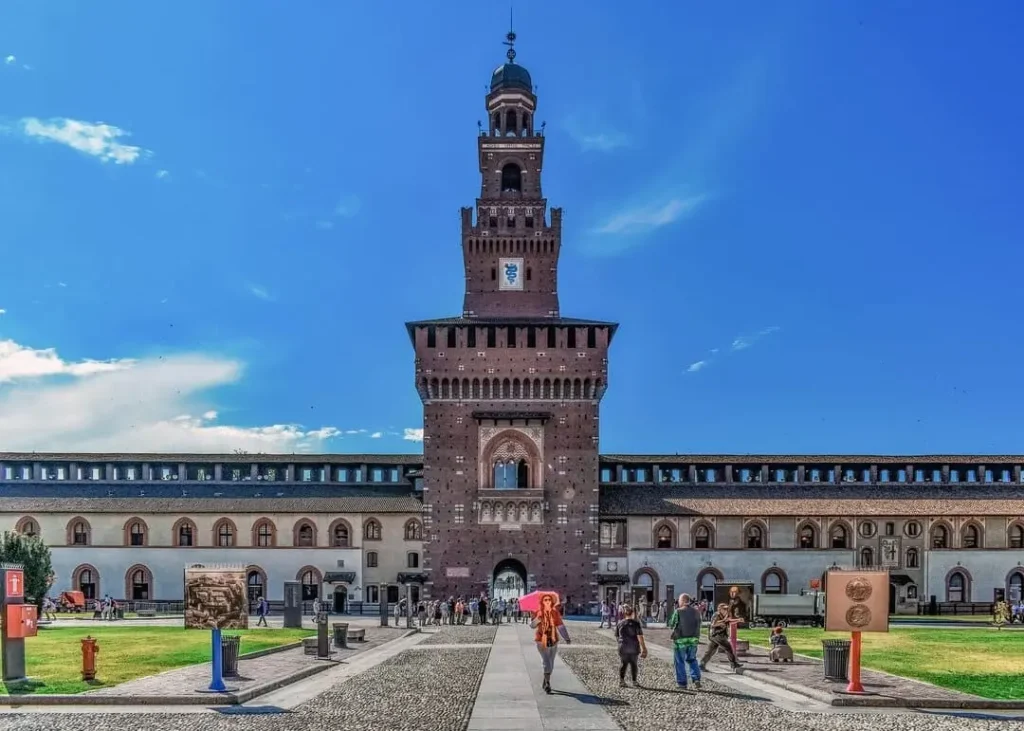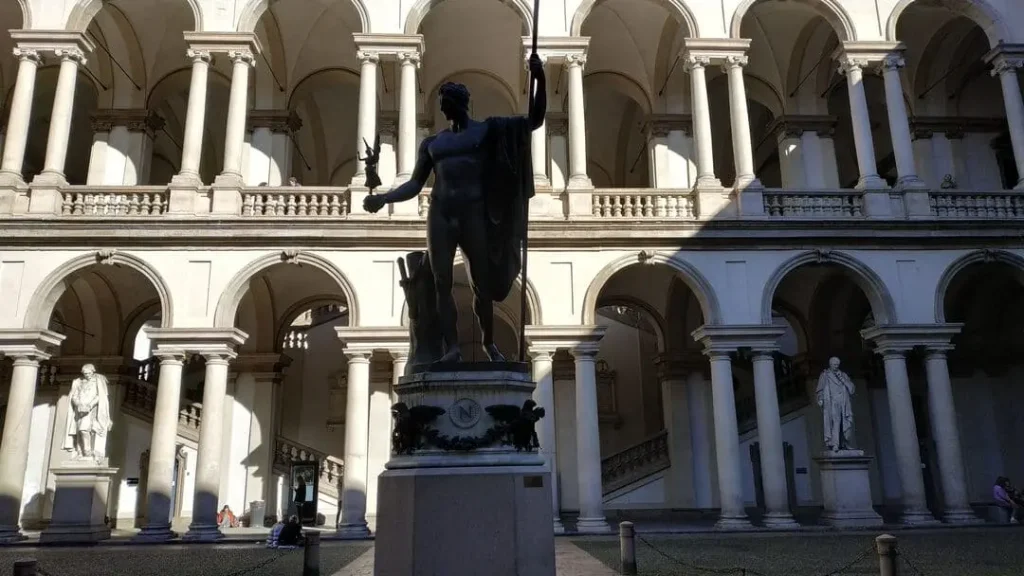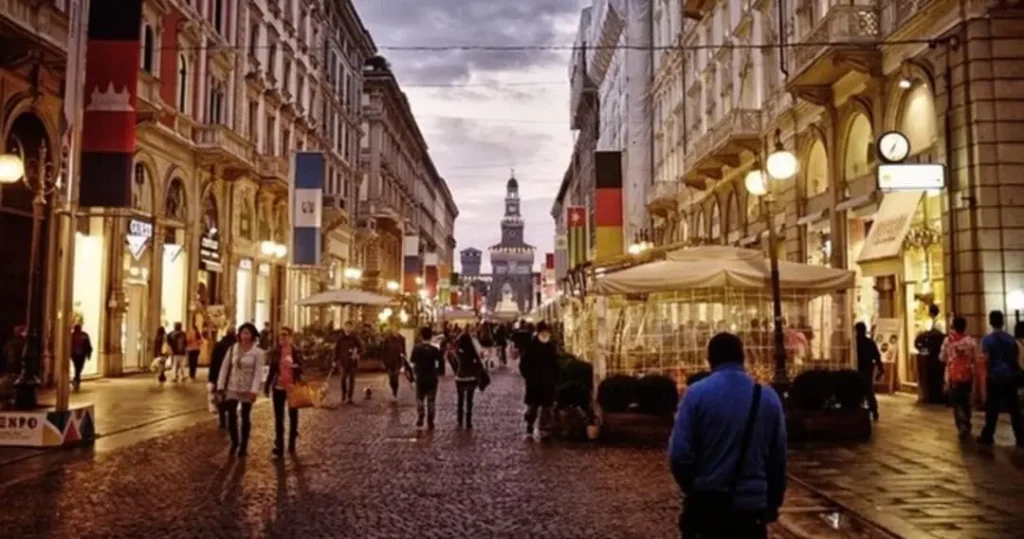Guided tour of Teatro alla Scala in Milan

Rising from the ashes of the Teatro Regio Ducale, the new theatre was commissioned in 1776 by the Empress Maria Theresa to the Austria from architect Giuseppe Piermarini. In 1778, after only two years of construction, the Teatro Grande Alla Scala was inaugurated and opened to the public, with the aim of becoming one of the city’s symbols of music and culture. It soon became a landmark, attracting the most influential figures in the world of classical music and the nobility of the day.
Although it was damaged during the world wars, the desire to return to normal life prevailed and within a very short time this wonderful theatre was restored to its former glory.
Following major restoration in the early 2000s, the historic building now boasts a more modern drum-shaped tower designed by the renowned Swiss architect Mario Botta. Two completely different structures, one more classical and harmonious, the other more modern, with bold geometric lines, coexist perfectly in harmony with the surrounding environment. Today, in addition to housing the theatre, the building is also home to the wonderful Museo Teatrale Alla Scala.
The guided tour starts right in front of the entrance to the Museum, where you’ll meet your guide. Once inside, your unique experience begins. You’ll feel like you’ve stepped back in time.
The museum has several rooms where you can admire historical artefacts connected not only with the place itself but also with daily life at the time. You can admire a deck of cards and board games from the period, for example.
You’ll see antique musical instruments in perfect condition and busts of important people who have contributed to the theatre. Giuseppe Verdi, Arturo Toscanini and Maria Callas, to name a few.
If there’s no performance, you can also experience the interior of Teatro Alla Scala from the side boxes.
During the tour, your guide will reveal some of the secrets of the time and you’ll also enjoy some good old-fashioned gossip; then, as now, stars and audiences had secrets, passions and pastimes, many of which found an outlet in the social setting of the theatre. An example? Gambling.
WHAT TO EXPECT
The boxes
In the 19th century, owning a box at the opera was a real status symbol. In fact, not all boxes are the same, revealing the hierarchy of their owners and the social classes to which they belonged. Owning a box had its pros and cons: it was a place where real business meetings could be organized, a kind of lounge where guests could be received, while keeping an eye on the neighboring boxes, and being watched in turn.
The Arturo Toscanini Foyer
This is the first room you’ll visit during your guided tour. Today it houses marble and bronze busts of leading composers and conductors who have passed through this wonderful temple of music and made their contributions. This space is often used for private events such as lectures and workshops, as it lends itself to anything connected with music and art.
Musical Instruments
As you walk through the various rooms of the museum, you’ll be struck by the display of locally-made musical instruments from different historical periods. These include a piano from the second half of the 17th century that depicts Judith with the decapitated head of Holofernes, and Franz Liszt’s famous piano, made in 1883. These are just a couple of the objects of inestimable beauty that you’ll have the fortune to admire. There are many more just waiting to be discovered.
Distinguished guests
The museum also contains busts and paintings of musicians and prominent people who have left their mark on the theatre, such as the bronze bust for the centenary of Giuseppe Verdi’s death or the portrait of Bergamo-born musician Gaetano Donizetti, a pioneer of the Verdi school and considered one of the greatest Italian composers, along with Gioachino Rossini. It is not only male figures who have brought fame to the theatre; leading female singers have also performed here, including the soprano Giuditta Pasta, considered the most famous opera singer of the 19th century along with Maria Malibran, and Maria Callas, who made her debut at La Scala in 1950 with Verdi’s Aida.
NB: Due to rehearsals and private events organized by the La Scala management, the theatre may not always be available for viewing, and access is therefore NOT guaranteed. When it is not possible to see the theatre from the boxes, the guided tour will only include the Museo Teatrale Alla Scala.
What's excluded
- Tips (optional)
- Hotel pick-up & drop-off
- Food and drinks
- Extras
Discover also
Arts & Culture
Family Friendly
What's included
- Entry ticket
- Licensed tour guide
- Headphones for groups of more than 10
- Small group
Participation fee
- Group tour
- Adult (aged 13 to 99+): €47 per person
- Child (aged 4 to 12 ): €32 per person
- Infant (under 3): free of charge
- Private tour
- 1 person: € 180
- 2 people: €95 per person
- 3 to 10 people: €80 per person



